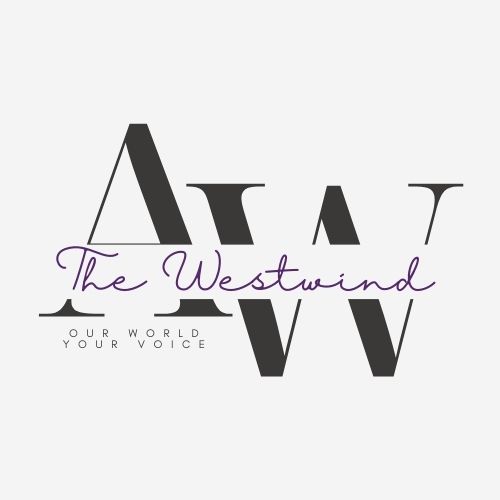EU schooling systems
Unlike the United States, the European Union has many different education systems; the standard elementary, junior high, and senior high system installed in the United States do not have counterparts in the European countries.
England
English children start going to a “play school” at the age of five, states Gymnasium am Moltkeplatz. These young pupils will start attending a primary school, the equivalent to the United States elementary, at the age of eight. Primary school only lasts for four years until the students (at age 12) are placed into a five year comprehensive school.
Near the end of the fifth year of comprehensive schooling, the students will take a test called the GCSE Exam. This test will help students determine their next path in their education. If a student receives a good score on their exam, they can do another year of comprehensive schooling, go to a university, go to a technical school, or start a career.
France
The French schooling system is structured quite differently from others. Children start going to a Primary School at age six, L’ecole Premiere. French children have a middle school called college, until they reach Le Lycee, a French version of high school. This type of school is more tailored to the individual. They can choose an academic path that is right for them.
Spain
Spain has a free, ten year education program. Children at the age of three go to a two-year nursery school, after that they spend six years at a primary school. At the age of 12, students can choose to do a two-year program called the Bachillerato, which is for furthering education before university, or they can do preparation for four years for university.
Germany
The German school system has a diverse structured system. Young students start at an elementary, then move to a Gesamtschule, they then move on to a Hauptschule which is similar to a middle school. From there, German pupils can chose three different paths: Realschule, (continuing traditional path) Vocational schooling, or the Gymnasium, which is an intense school where students prepare for college.
Lithuania
Aside from the western Europe countries, Lithuania, in the northeast, has a school system that is pretty similar to the system in the United States. Goda Karinauskaite is an exchange student at Arvada West High School from Lithuania. Karinauskaite describes what the systems were like when she lives in Lithuania. “It is basically the same; it’s just the way everything is set up, I guess, is different … Here you can choose your electives and in Lithuania we all have the same classes … I cannot say the exact number right now but last year I think I had about 15 classes last year.”
The number of classes is only a small difference. In Lithuania, schools do not have their own sports teams, art and music are required, and there are not electives that are chosen like in the States. One large similarity between Lithuania and United States schooling systems is the number of years one attends. There are four years of high school in both countries. Karinauskaite states, “I’m really glad that I had to take like physics, biology, chemistry and everything ’cause here you can choose… I’m happy I had to take those subjects.”
Students at Arvada West High School have the freedom of choosing classes in the broad campus which accommodates sports and helps prepare students for a larger academic pathway.


